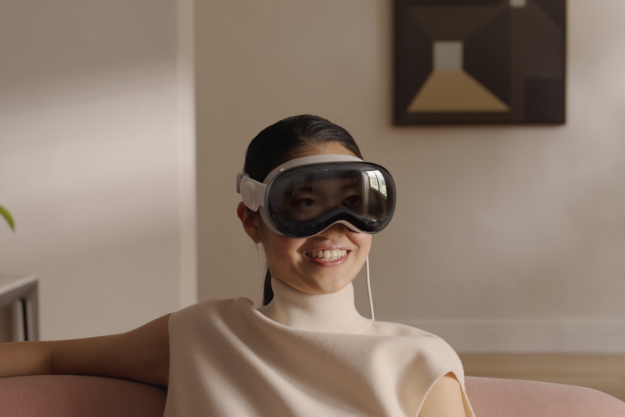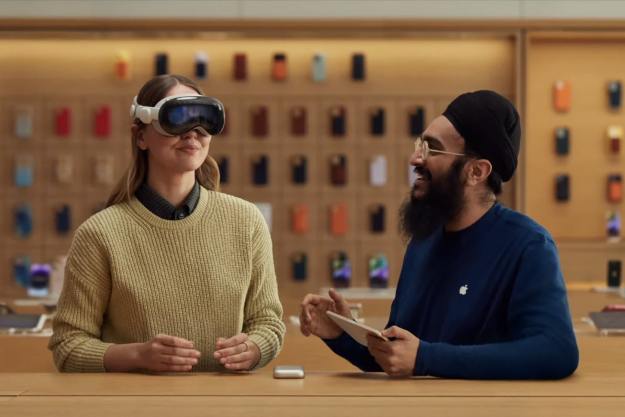Fresh off Apple’s augmented reality (AR) glasses apparently leaking to the world, it now seems Samsung wants to get in on the act, too. That is according to leaker WalkingCat, who has shared two purportedly official videos on Twitter.
The first video depicts a wearable called Samsung Glasses Lite that, as the name suggests, are shaped like a (rather chunky) pair of glasses. The video shows a user carrying out various tasks while sporting the glasses, ranging from watching a movie to typing an email.

In each case, the content is displayed on a floating screen in front of the user, which moves as the man changes his position, always remaining in front of him. There is also a “Sunglasses Mode” that adds a tint to the glasses’ lenses.
The second video shared by WalkingCat seems to show a more advanced version of the Glasses Lite called Samsung AR Glasses. The main difference between the two wearables — aside from the Glasses Lite coming in white and the AR Glasses in black — is that the latter allows for interaction with the augmented reality screen in front of the user.
In one case, this involves a gesture to zoom in on a piece of content using the same pull-apart motion familiar to any smartphone user. In another, a man is seen tapping a “Meeting call incoming” button to accept a call, at which point two people appear in front of him as part of the “Holo Call.” A third gesture allows the AR Glasses user to expand a house model into a full-size replica that they can walk through and explore.
R&D Vision Concept ? https://t.co/JYQmy850K9
— WalkingCat (@_h0x0d_) February 21, 2021
The two videos suggest Samsung has two different audiences (and two different price points) in mind for these AR wearables. While no prices were mentioned in the videos, we would expect the more advanced AR Glasses to ship with a price tag putting them firmly in the “niche” category, while the AR Glasses Lite might be more accessible.
Samsung has patented augmented reality headsets in the past, so we know the company is at least considering moving into this area. Whether these patents come to fruition — and whether these latest videos prove to be the genuine article — remains to be seen.
Editors' Recommendations
- Vision Pro 2: everything we expect from the future of Apple’s headsets
- Vision Pro App Store reaches early milestone, Apple reveals
- Xreal brings spatial computing to a pair of AR glasses
- Apple’s Vision Pro may help your eyesight in this genius way
- Apple’s Vision Pro could get this incredible gaming upgrade




